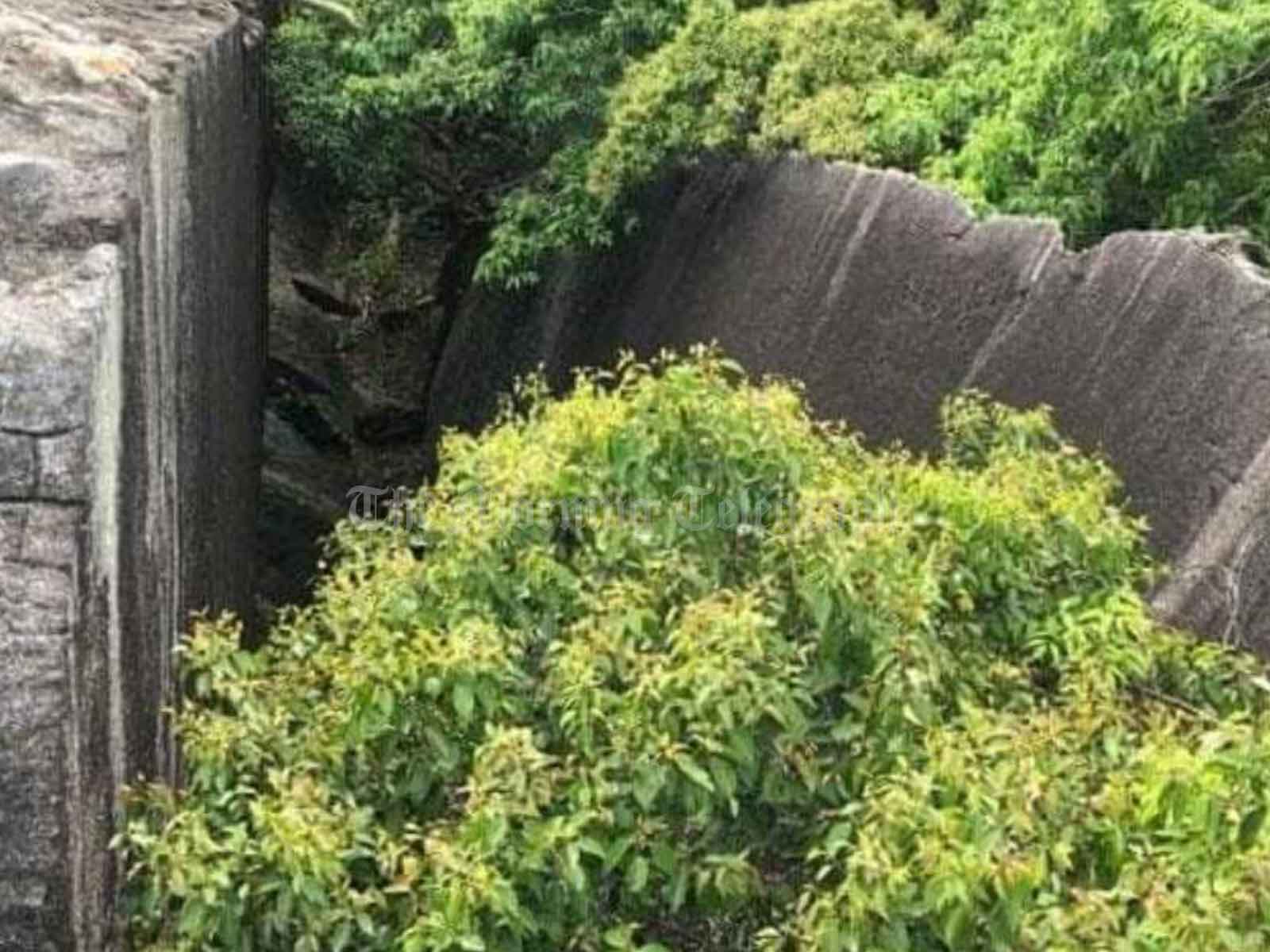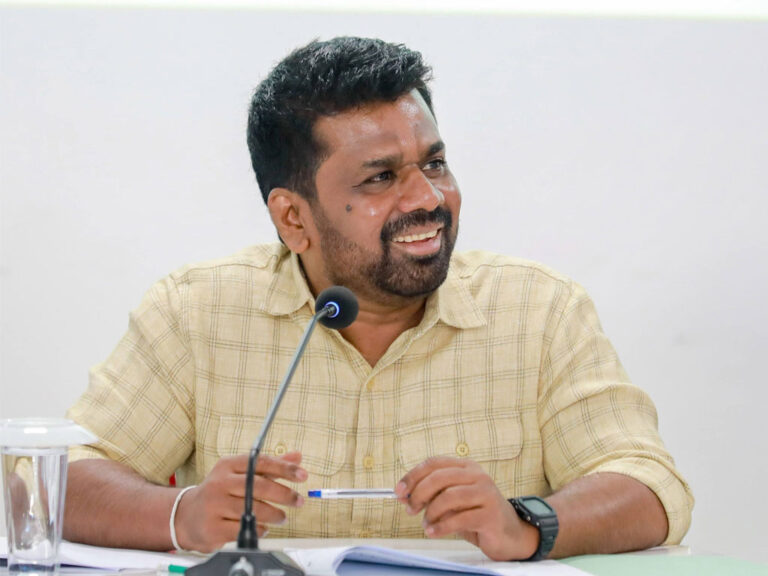
A remarkable discovery has emerged from the Dimbulagala Namal Pokuna area in Sri Lanka, where scholars have successfully deciphered an ancient inscription estimated to be around 2,200 years old. This inscription is noted as the largest known example of pre-Brahmi script found in the country to date.
The inscription, dating back to between 137 and 119 BC, is distinguished by its use of 24 original Brahmi characters, 23 of which are referenced within the text. It utilizes the Sinhala Prakrit language, providing a rare glimpse into the early linguistic and administrative practices of the period. Prof. Karunasena Hettiarachchi, chairman of the panel investigating the inscription, explained that the text reveals significant historical details, including the names of rulers such as King Kavantissa and King Saddhatissa.
One of the most intriguing aspects of the inscription is its mention of early forms of financial institutions that resemble modern banks. These institutions are identified as Mulatana, Devatana, Badanatana, and Ariyatana, marking the first evidence of such financial structures in Sri Lankan history. The inscription also provides insights into the agricultural and trade economies of the time, detailing land transfers to monasteries, paddy and land tax systems, and their usage for the maintenance of monasteries.
Additionally, the inscription offers a view into the social and economic dynamics of early Sri Lanka, describing contributions from various professionals, including horsemen, painters, teachers, technicians, slaves, Brahmins, and jewelers, who supported the monasteries.
Prof. Hettiarachchi emphasized the inscription’s importance in understanding the political, economic, and religious aspects of the Anuradhapura kingdom. He called for enhanced preservation efforts and proposed that the inscription be protected as a national treasure. According to him, it is crucial to provide public access and ensure that the inscription is not left as merely a rain-soaked stone but instead studied and appreciated as a valuable part of Sri Lanka’s heritage.





If you had posted an image of the inscription could have been wonderful. Thanks